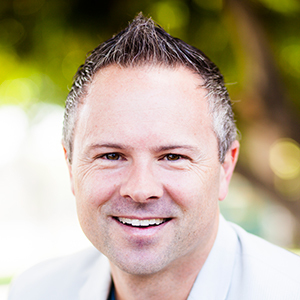欧博百家乐Faith After The Pandemic (Two Key Trends)
Faith After The Pandemic (Two Key Trends)
Sean McDowell — February 17, 2023

Amazingly, it has been nearly three years since the COVID-19 pandemic began turning the world upside down. Quite obviously, the world has shifted in many ways. But what about faith?
While this is a complex question–that people will likely be discussing for decades–a recent study highlights a few noteworthy trends. Here are two that stand out to me.
First, religious identity remained largely the same through the pandemic. There were a lot of questions when the pandemic hit. Would believers abandon their faith amid suffering? Would the suffering draw non-believers to faith? Would people switch faiths? No one really knew.
And yet according to the 2022 American Religious Benchmark Survey: “The religious composition of the public in the years before the pandemic and after are nearly identical.” It will be interesting to track this data in the years to come, but the data right now seems to be clear: There was no significant religious shift during the pandemic.
Second, religious attendance dropped after the pandemic. This should come as no surprise. After all, churches quickly shifted to online services, and many people became accustomed to watching church from the comforts of home.
Specifically, roughly three quarters of people reported attending a church service at least once per year before the pandemic. That number has dropped to about two-thirds after the pandemic. What explains this shift? Attending once a year is a pretty low bar for church attendance. This drop highlights that many people who stopped ever attending church were likely not committed in the first place.
Who left and who stayed? The most likely demographic of people to maintain similar church engagement are those who are conservative, older, married, and college educated. Young, liberal Americans have seen the greatest decline in religious engagement.
Which religious groups saw the least change? Interestingly, Mormons, Jews, and white evangelicals saw the least shift in religious attendance after the pandemic.
What’s the bottom line? The American Religious Benchmark Survey offers a helpful summary: “Despite the significant increase in Americans who never attend religious services, most Americans report attending at rates similar to before the pandemic. Most adults attended religious services pre-pandemic and in spring 2022 at the same frequency when looking at changes in religious attendance at the individual level.”
The leads me to one important conclusion, which should not be surprising: In terms of faith, young people have been affected most by the pandemic. For those of us who care about the next generation, we must be even more attentive to the needs of younger generations than before.
For a practical guide on how to pass on the faith to the next generation, check out So the Next Generation Will Know (with J. Warner Wallace).
This post and additional resources are available on Sean McDowell’s website.
Share:
Categories:

Sean McDowell
Sean McDowell (Ph.D.) is an associate professor in the Christian Apologetics program at Talbot School of Theology, Biola University. He is a gifted communicator with a passion for equipping the Church, and in particular young people, to make the case for the Christian faith. Sean travels throughout the United States and abroad, speaking at camps, churches, schools, universities, and conferences. He is the co-host for the Think Biblically podcast, and he has authored or edited over twenty books, including Chasing Love: Sex, Love, and Relationships In A Confused Culture and So The Next Generation Will Know (with J. Warner Wallace). Sean hosts one of the leading apologetics blogs at seanmcdowell.org, and he hosts some great conversations on his YouTube channel. Sean and his wife, Stephanie, have three children and live in San Juan Capistrano, CA.